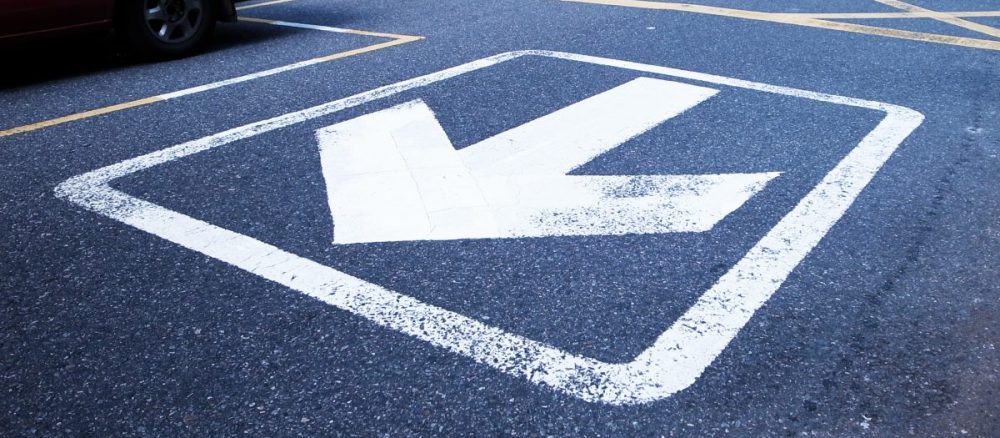Wayfinding consists of all of the ways in which people orient themselves in physical space and navigate from place to place. These days you’ll find more and more vendors online that are developing wayfinding technology for visually-impaired people.
DOT and MOPD have worked together to create pilot projects using low-cost pieces of hardware that use Bluetooth technology (beacons), to transmit messages or prompts directly to mobile devices as a way to improve wayfinding for people in the city who are blind or have low vision.
The main objective is to make street navigation accessible and safe for pedestrians who are blind or have low vision. The city of New York wants a technology solution that will indicate the user’s geographic location with accuracy, inform the user when walk signals are illuminated, and warn the user of any obstacles they may encounter along their route to their destination.
The pilot is funded by the Federal Transit Administration and is being implemented at Whitehall Ferry Terminal, Madison Square Plaza, and Madison Square Park. Beacons at Madison Square Park, for example, identify entrances to the park, public transportation stops, landmarks, concessions, rest areas, and crosswalks.
This pilot is set to run for 3 years and its findings will be assessed with the possibility for future work being done in this field of study.

